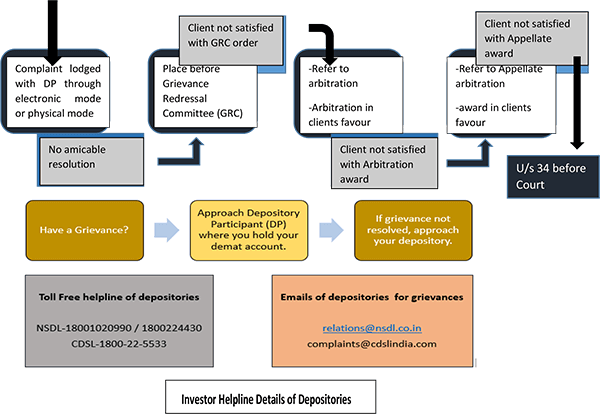Investment options
There are several investment options available to Indian investors, depending on their risk tolerance, investment goals, and time horizon.
It is very important to combat the impact of inflation on everyday spending and saving especially after situations of pandemic and war. Therefore, Indian netizens are shifting their focus to investing in those financial instruments that could possibly help them in beating inflation. Here are some popular investment tools and schemes ranked in the order of the risk that they carry:
Public Provident Fund (PPF):
PPF is a long-term savings scheme offered by the Indian government. It offers a fixed rate of return (the current interest rate is 7.10% per annum (in 2023)) and provides tax benefits under Section 80C of the Income Tax Act. Both investments in PPF & interest earned on investment are tax-free.
The scheme has a lock-in period of 15 years; however, partial withdrawals are permitted after 5 years of the account opening. It makes it an excellent option for long-term savings.
Risk Level: Low or Nil
National Pension System (NPS):
NPS is a voluntary retirement savings scheme offered by the Indian government. It is open to all Indian citizens between the ages of 18 and 60 years. Deposit just Rs. 500 to open an account and keep the account active by depositing at least Rs. 1,000 in a financial year. NPS offers the flexibility to choose your investment allocation between equity, corporate bonds, and government securities.
Risk Level: Low
Sovereign Gold Bonds (SGBs):
It allows investing in gold without having to buy physical gold. SGBs are issued by the Government of India and are denominated in grams of gold. Additionally, it offers an annual interest rate of 2.5% and the capital gains on redemption are tax-free, making them an attractive investment option for investors looking to invest in gold.
SGBs have a tenure of 8 years, with an option to exit after the fifth year. The price of SGBs is linked to the prevailing market price of gold, with a small premium. The minimum investment in SGBs is one gram of gold, with a maximum limit of four kilograms for individuals and Hindu Undivided Families (HUFs), and 20 kilograms for trusts and similar entities.
SGBs are tradable on stock exchanges, providing investors with liquidity. Interest on SGBs is taxable as per the investor’s income tax slab. However, capital gains on redemption are tax-free if held till maturity.
Risk Level: Low to medium
Fixed Deposits:
Fixed deposits are a low-risk investment option that offers a fixed rate of return over a fixed period. Indian investors can open fixed deposits with banks or non-banking financial institutions (NBFCs). Fixed deposits are a good option for conservative investors who are looking for a stable source of income.
Risk Level: Low to medium
Mutual Funds:
Mutual funds are professionally managed investment vehicles that pool money from several investors and invest in a diversified portfolio of stocks, bonds, or other securities. They are an excellent way for beginners to start investing as they offer diversification, liquidity, and professional management. Indian investors can invest in mutual funds through online platforms or through their banks.
However, the return depends on the market fluctuations and the overall economic scenario, some equity mutual funds have generated a five-year annualized return of approx. 35% and as high as 115% in a year of historic highs in 2021.
Risk Level: Medium to High
Stocks:
Stocks are ownership shares in a company and are traded on stock exchanges. Indian investors can buy and sell stocks through online trading platforms or through their brokers. Stocks offer the potential for high returns but also carry a higher risk compared to other investment options.
Risk Level: Medium to High
Conclusion
There are many investment options available for Indians, each with its own advantages and risks. It is important to do your research and choose an investment option that suits your investment goals, risk profile, and financial situation. A diversified portfolio is always a good idea to manage risks and achieve your investment goals.




